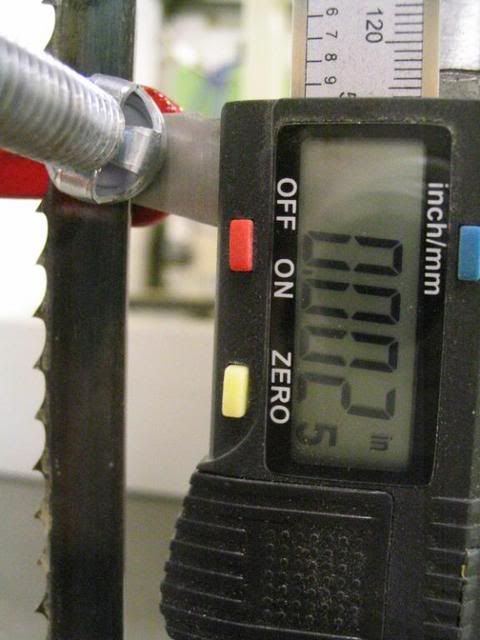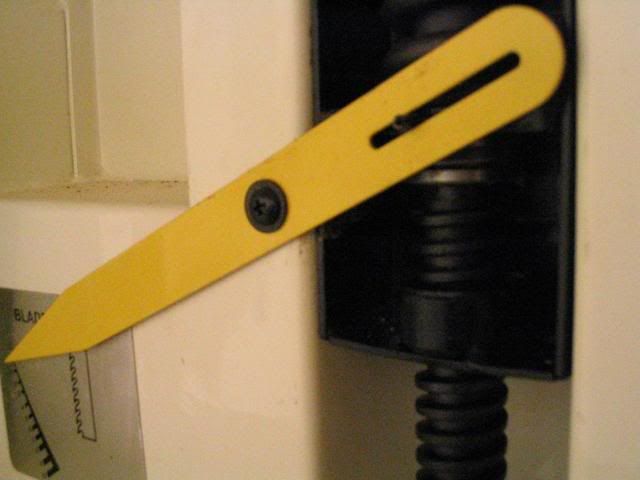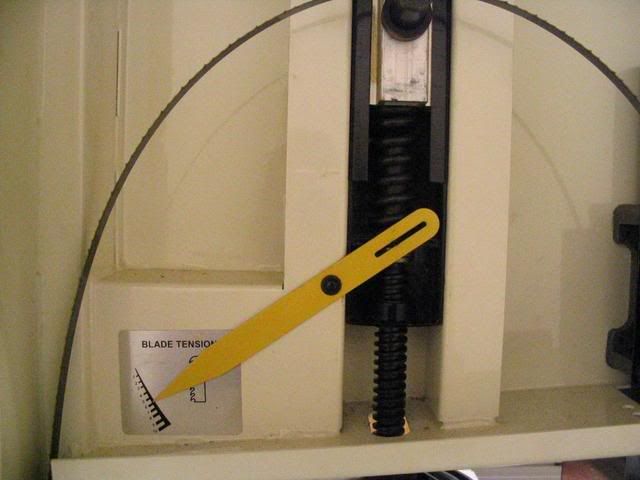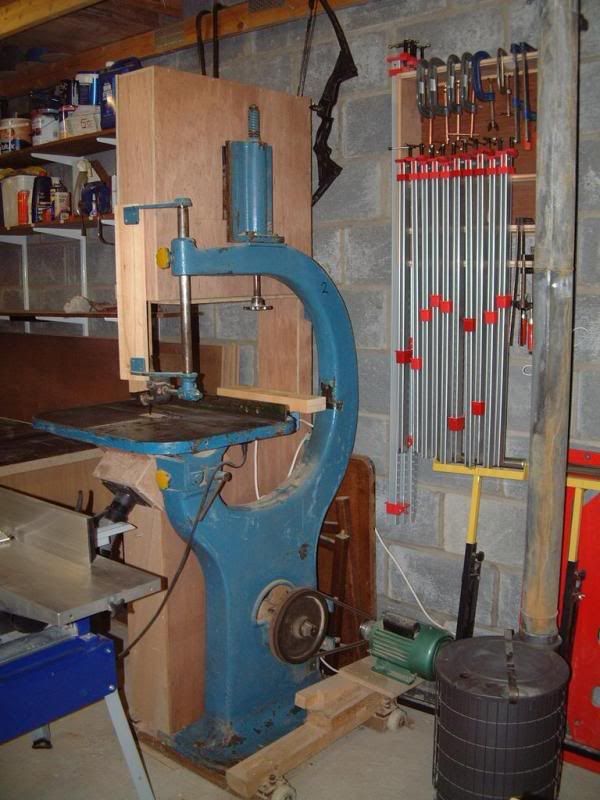There seems to be a lot of bandsaw discussions going on around here just recently so hopefully someone out there can help me track down the info I need to make a reliable bandsaw tension meter.
A while back I read an article about setting bandsaw tension using (I think) a digital caliper similar to those Lidl ones some of us, myself included, are so fond of. The process involved clamping the two arms of the caliper to the blade with small g-clamps, tensioning the blade, and using the caliper to measure the stretch in the blade. The article detailed the maths involved in working out how this stretch equated to p.s.i. applied to the band in the form of tension, and gave examples of required stretch for at least some common bandsaw sizes.
The trouble is (as is so often the case these days :roll: ) that I cannot for the life of remember where I read the article. Can anyone else out there point me in the right direction, or tell me how much bandsaw blades should stretch for a given tension?
A while back I read an article about setting bandsaw tension using (I think) a digital caliper similar to those Lidl ones some of us, myself included, are so fond of. The process involved clamping the two arms of the caliper to the blade with small g-clamps, tensioning the blade, and using the caliper to measure the stretch in the blade. The article detailed the maths involved in working out how this stretch equated to p.s.i. applied to the band in the form of tension, and gave examples of required stretch for at least some common bandsaw sizes.
The trouble is (as is so often the case these days :roll: ) that I cannot for the life of remember where I read the article. Can anyone else out there point me in the right direction, or tell me how much bandsaw blades should stretch for a given tension?






































